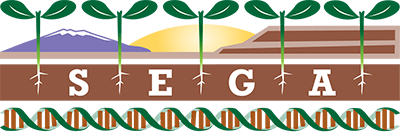You are here
Genes to ecosystems: exploring the frontiers of ecology with one of the smallest biological units.
Publication Type:
Journal ArticleSource:
The New phytologist, Volume 191, Issue 1, p.19 - 36 (2011)ISBN:
0028-646XURL:
http://www.ncbi.nlm.nih.gov/sites/entrez?Db=pubmed&DbFrom=pubmed&Cmd=Link&LinkName=pubmed_pubmed&LinkReadableName=Related%20Articles&IdsFromResult=21631507&ordinalpos=3&itool=EntrezSystem2.PEntrez.Pubmed.Pubmed_ResultsPanel.Pubmed_RVDocSumhttp://www.ncbi.Keywords:
Animals, Cell Respiration, climate change, Ecosystem, Environmental Pollution, Female, Fishes, Gene Expression, Haplotypes, Humans, Introduced Species, Male, Plants, Population Dynamics, SciuridaeAbstract:
<p>Genes and their expression levels in individual species can structure whole communities and affect ecosystem processes. Although much has been written about community and ecosystem phenotypes with a few model systems, such as poplar and goldenrod, here we explore the potential application of a community genetics approach with systems involving invasive species, climate change and pollution. We argue that community genetics can reveal patterns and processes that otherwise might remain undetected. To further facilitate the community genetics or genes-to-ecosystem concept, we propose four community genetics postulates that allow for the conclusion of a causal relationship between the gene and its effect on the ecosystem. Although most current studies do not satisfy these criteria completely, several come close and, in so doing, begin to provide a genetic-based understanding of communities and ecosystems, as well as a sound basis for conservation and management practices.</p>
- Log in to post comments
- Google Scholar
- RTF
- EndNote XML
- RIS
Theme by Danetsoft and Danang Probo Sayekti inspired by Maksimer
